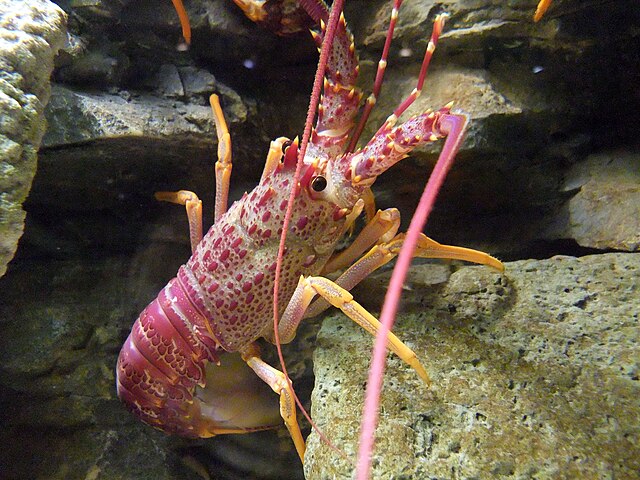Marine biologists have developed a precise satellite monitoring method that could ease lobster population tracking in Western Australia (WA).
In a Science of the Total Environment publication, scientists reveal how monitoring seagrass (H.minor) and algae changes could help predict lobster stock.
The premise is that rock lobster gather around healthy marine grass habitats. Monitoring changes in these ecologies could therefore easily capture the prevailing population.
The research, which is affiliated to the Integrated Coastal Analyses and Sensing Technology (ICoAST) initiative, cites past manual counts of young lobster via artificial seagrass. In this past method, the number of juveniles that migrated to the improvised environment helped estimate future reserves.
The study’s author Dr. Stanley Mastrantonis remarks that the multi-million Australian-dollar lobster industry sets fishing quotas using the above method.
Significantly, Dr. Mastrantonis’ team has found a more precise solution after studying 35 years of satellite footage spanning 600 km along southwest Australia’s coast.
Since most satellite footage concentrates lobster schools in vegetative areas, the solution is to use these habitats to predict stock.
The study notes that the habitats that most juveniles frequented in the satellite images were those with plenty of seagrass. This preference varied greatly in the final two years of the images, ending 2024.
If the study gets implementation at the commercial level, it might alter the fortunes of the Aussie lobster industry.
With an annual lobster harvest at 9,500 tonnes, Australia does not lead world production but is a top earner.
Accurate stock estimates could even redeem the pre-2019 perpetual export growth rate of the industry. Australia’s export earnings from Western lobster exports rose from A$610 million ($101.3 million) in 2014 to A$750 million ($474.97 million) in 2019.
The export value notably declined in 2022 after China cut off its 90% share of all Aussie lobster exports.
Lobster population count and quota prediction depend on precise stock management such as that which scientists have developed. Below is a review of WA’s prevailing lobster population statistics.
Western Australia Lobster Population Statistics
Western Australia’s rock lobster fisheries are the Oceania country’s most lucrative crustacean resource. The fishery’s export value has historically ranged between A$390 million ($246.9 million) in 2000 and A$750 million ($474.97 million) in 2019. To protect the generally unknown actual population, a fishing quota system has been in implementation beginning 2009. Even though fishing on WA’s coast runs January to January, the total allowable catch is highly controlled to sustain ocean stock.
Due to this control, commercial fisheries landings have stabilized at 6,346.5 tonnes, alongside 456 tonnes by recreational fishermen, as of 2023. In retrospect, the average commercial catch before 2017 had been 9,500 tonnes. Since the quota system began in the 2009/10 market year, the catch rate has improved but total catches have reduced.
How many rock lobsters are there in Australia?
Tracking the exact number of lobster is rarely possible due to migration, but catches before the quota system introduction present a rough idea. In the unregulated 1999-2000 period, for instance, the total catches totaled 14,500 tonnes or nearly double 2020s’ catches. The average for all catches before 2009/10 quota system was 11,000 tonnes of rock lobster in WA alone. In 2000, recreational fishermen averaged 700 tonnes while in 2023 this dropped to 456 tonnes. But because unlimited harvests caused low catch rates, it means that the population had reduced greatly prior to 2009’s catch limitations.
